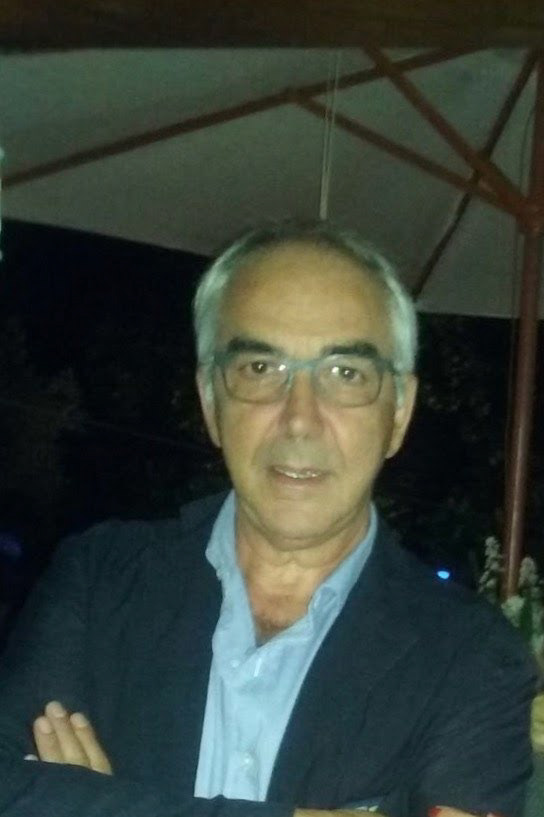The church and its adjacent masseria, which was formerly a convent, are found in the territory between Noci and Putignano in the province of Bari.
The origin of the Abbey traditionally dates back to 591, when Pope Gregory the Great would have established here a brotherhood of monks in the Order of St. Equipe; this thesis, though unbelievable, does not diminish the charm and the beauty of the place, which however should have had a certain origin around the ninth century.
Archaeological reliefs revealed that the area was already inhabited in pre-Roman times, with messapic finds found near the nearby De Bellis farm. The same name should be Messapian language, derived from the words: Barza (high) entum (which is )
The origin of the Abbey traditionally dates back to 591, when Pope Gregory the Great would have established here a brotherhood of monks in the Order of St. Equipe; this thesis, though unbelievable, does not diminish the charm and the beauty of the place, which however should have had a certain origin around the ninth century.
Archaeological reliefs revealed that the area was already inhabited in pre-Roman times, with messapic finds found near the nearby De Bellis farm. The same name should be Messapian language, derived from the words: Barza (high) entum (which is )
The architecture of this church is very interesting as well as for its origins, also because it recognizes the constituent elements of the trullo, enormously in advance of what was its dissemination about a millennium later
The interior of the basilica consists of a central nave and two lateral sides communicating with each other through six slightly acute bows. The vaulted vaults have a shape and structure similar to the vertical sections of the trullo.A center overlooks the painting of the Madonna with Child and Saints (St. Peter and Pope Gregory the Great) centered on a 17th century wooden altar.
